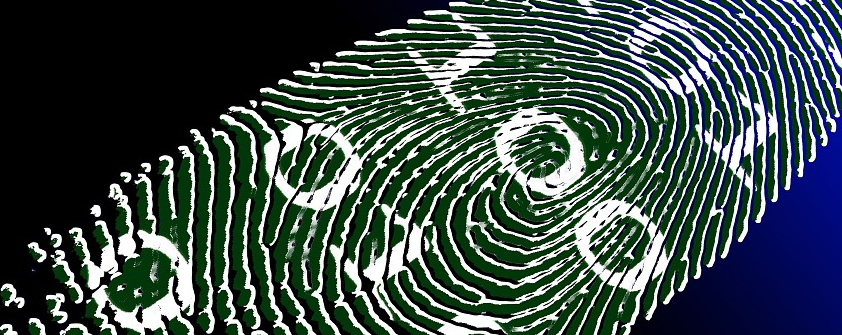Do Breaches Drive Biometrics Investment?

What’s a leading indicator that an organization may invest in biometric authentication? It turns out that it’s a data breach.
According to a new report from the market research firm Vanson Bourne, based on a survey of 200 senior IT administrators (commissioned by multifactor authentication provider Veridium) found that 63 percent of respondents whose companies experienced a data breach were either currently implementing biometric authentication or planning to. The research found that 81 percent of IT decision-makers think biometric authentication is superior to passwords.
Additional findings from the survey include:
- The Prevalence of Data Breaches: 53 percent of responded that their organizations experienced a data breach within the last five years.
- GDPR’s Impact on Security Strategy: Upcoming regulations are cited as a top consideration for U.S. IT decision makers as it relates to their security strategy. And, 89 percent of respondents reported that the General Data Protection Regulation (GDPR) deadline is impacting their organizations’ approach to managing and securing EU citizens’ data.
- Lack of Confidence in Passwords: While 99 percent of IT decision makers reported that they are currently using passwords in their organizations, only 34 percent of respondents are very confident that passwords alone can protect data sufficiently.
- Employee Habits Pose Risk: 83 percent of respondents reported that their employees use techniques to “bypass” password policy, the top ways include: storing passwords within a web browser or password manager (53 percent), reusing same characters, but add, change or adjust a number (50 percent) and writing down passwords (41 percent).
- Harnessing the Power of Biometrics: At 86 percent, the majority of respondents agreed that biometrics are the most secure authentication method for organizations and consumers alike.
It could be time for biometrics to make headway in the enterprise. In a similar survey from the University of Texas, which included responses from 1,000 U.S. consumers, 58 percent of respondents said that they feel very comfortable with fingerprint scanning, while only a third reported feeling very comfortable with any other biometric type. Survey respondents were most unsure about facial recognition technology, with 13 percent feeling “not at all comfortable, with that method.
The researchers at Austin concluded that the growth of biometrics across verticals will continue. Ninety-two percent of respondents reported either feeling the same, or increased, level of comfort using biometrics as they did two years ago. Only 8 percent grew less comfortable.
Just last week, HSBC announced corporate customers can now log into mobile banking apps with use facial recognition. In a press release, the bank said business clients can use Face ID service in 24 countries to access HSBCnet, the bank’s commercial banking mobile app.
I’ve been saying for some time that authentication will continue to develop in new ways, largely due to the success of Apple Face ID. Expect more facial recognition biometrics to biometrics that identify people on-the-fly based on their voice, how they type, how they walk, and more.
tags
Author

George V. Hulme is an internationally recognized information security and business technology writer. For more than 20 years Hulme has written about business, technology, and IT security topics. From March 2000 through March 2005, as senior editor at InformationWeek magazine, he covered the IT security and homeland security beats. His work has appeared in CSOOnline, ComputerWorld, Network Computing, Government Computer News, Network World, San Francisco Examiner, TechWeb, VARBusiness, and dozens of other technology publications.
View all postsRight now Top posts
FOLLOW US ON SOCIAL MEDIA
SUBSCRIBE TO OUR NEWSLETTER
Don’t miss out on exclusive content and exciting announcements!
You might also like
Bookmarks










